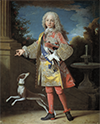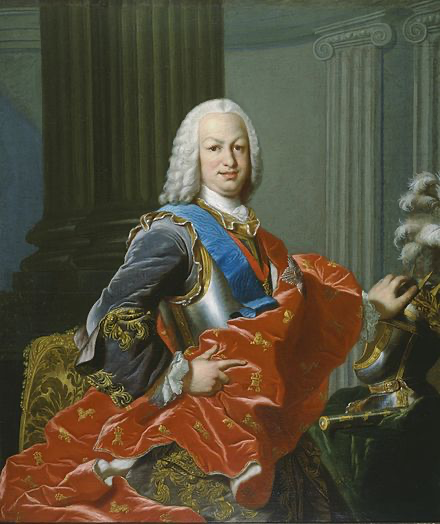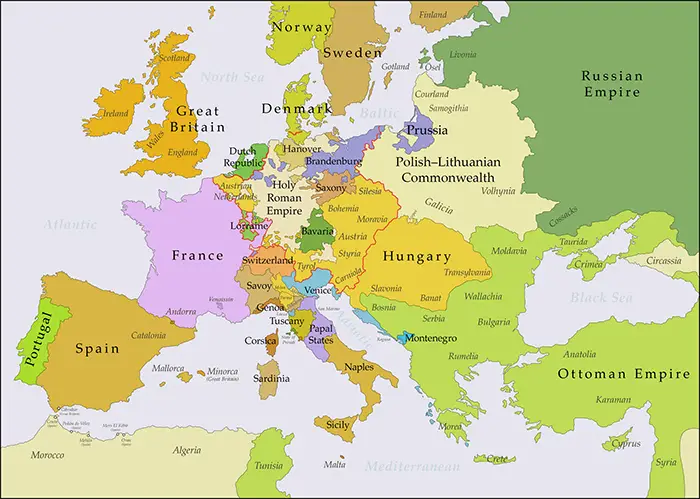King Ferdinand VI of Spain
Ferdinand VI was King of Spain for more than a decade in the 18th Century. His reign was marked by European wars and a handful of governmental reforms. 
He was born on Sept. 23, 1713, at the royal palace in Madrid. At the time, his country was at war over the succession of his father, the reigning monarch, Philip V. Young Ferdinand's mother was Philip's first wife, Maria Luisa of Savoy, who died the year after Ferdinand was born. That same year, Philip married Elizabeth of Parma, also known as Elisabeth Farnese. She and Philip had six children. As the second-oldest child of the king, Ferdinand was not the heir to the throne. That honor belonged to his older brother, Louis. Their stepmother wasn't much of a loving figure to her own children and certainly didn't have much affection for her stepsons. Ferdinand grew up learning the things that he was supposed to learn in order to function as the sone of a king; his father, who believed himself routinely physically sick and who might also have struggled with mental illness, wasn't much of an example of a strong ruler. As was expected of him, Ferdinand got married to another member of royalty. In 1729, when he was 16, he married Barbara of Portugal, who was 18 and whose father was Portugal's King John V. Five years before, the Spanish king had abdicated his throne, letting his oldest son, Louis, take over the kingdom. Louis died just a few months into his reign, however, and Philip reclaimed the kingship. As Ferdinand, now the heir apparent, was finding his way through the mechanisms of royal marriage and royal politics, Philip V was prosecuting a small 
Following in his father's footsteps, Ferdinand embarked on some measures of reform. The Marquis of Ensenada, the Secretary of the Treasury, carried out a reform of the financial system. Ensenada was also head of the Navy and believed in a strong naval force as a measure of protection for Spanish colonies and trade. Under his leadership, Spain improved its navy in both technology and numbers. Another minister on whom Ferdinand depended heavily was José de Carvajal y Lancáster, who hammered out an agreement with Portugal to end a border dispute in the New World. Lancáster served as Prime Minister of Spain for the first eight years of Ferdinand's reign; among his accomplishments was a reform of the royal mail. Succeeding him as Prime Minister (after a brief interlude by another of Ferdinand's trusted advisers, the Duke of Huéscar) was Ricardo Wall, a veteran of the War of Austrian Succession and an experienced diplomat who served as ambassador to numerous European powers. A lifelong fan of listening to and playing music, Ferdinand in 1752 established the Real Academia de Bellas Artes de San Fernando, in central Madrid. Many of Spain's most famous future artists were alumni of that academy. Ferdinand, like his father, suffered from mental and physical woes late in his life. After his wife died in 1758, he went into a period of intense mourning, ignoring the responsibilities of state. Ferdinand VI died on Aug. 10, 1759. He and Barbara had had no children, so succeeding him as King of Spain was another of Philip's sons, who became Charles III. |
|
Social Studies for Kids
copyright 2002–2025
David White



 handful of other wars. Spanish forces fought against other European powers on the Continent, in Great Britain, and in the New World. When Philip V died, on July 9, 1746, Spain was still involved in the
handful of other wars. Spanish forces fought against other European powers on the Continent, in Great Britain, and in the New World. When Philip V died, on July 9, 1746, Spain was still involved in the 
